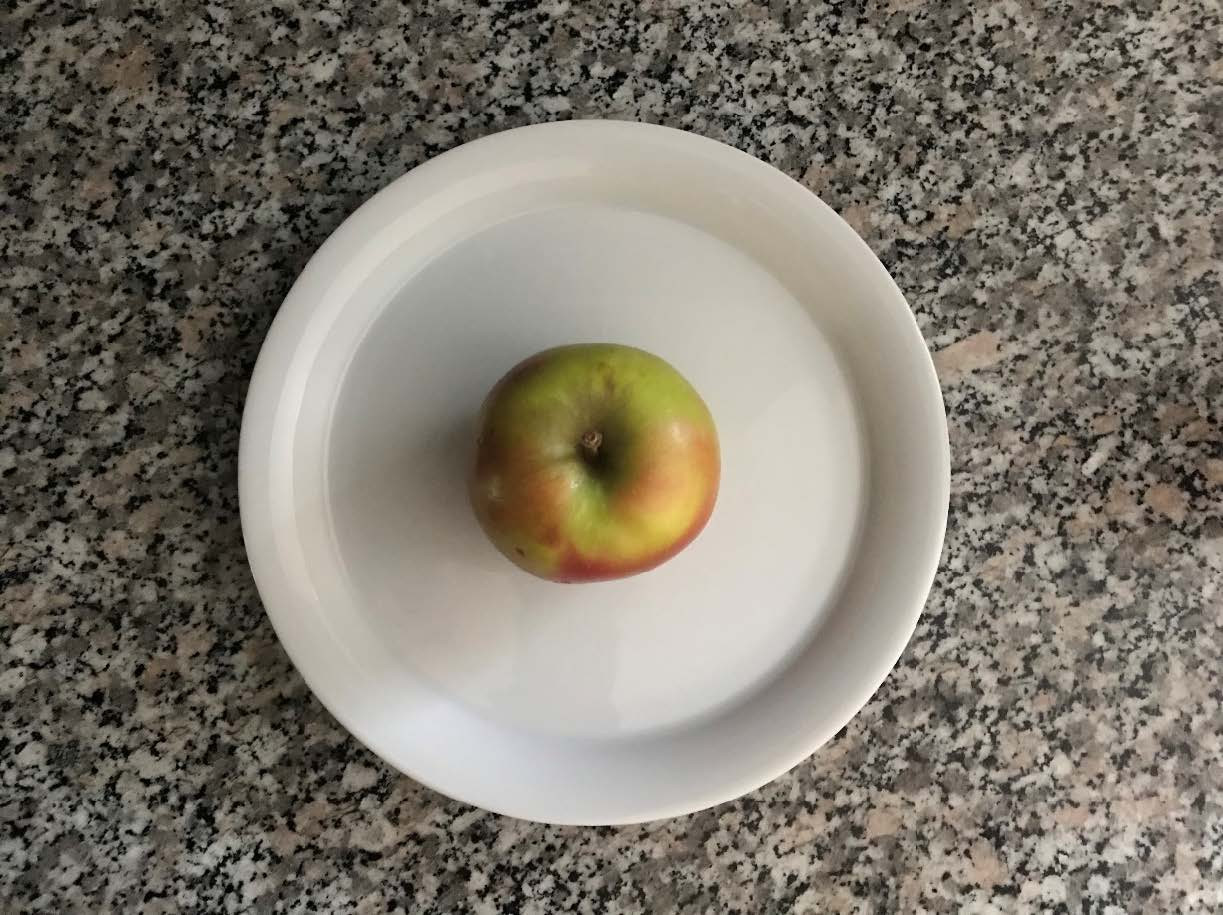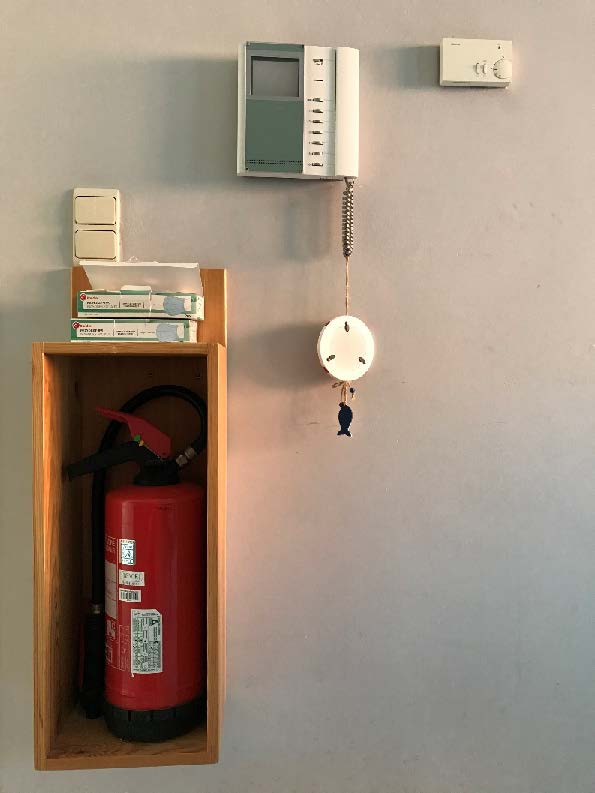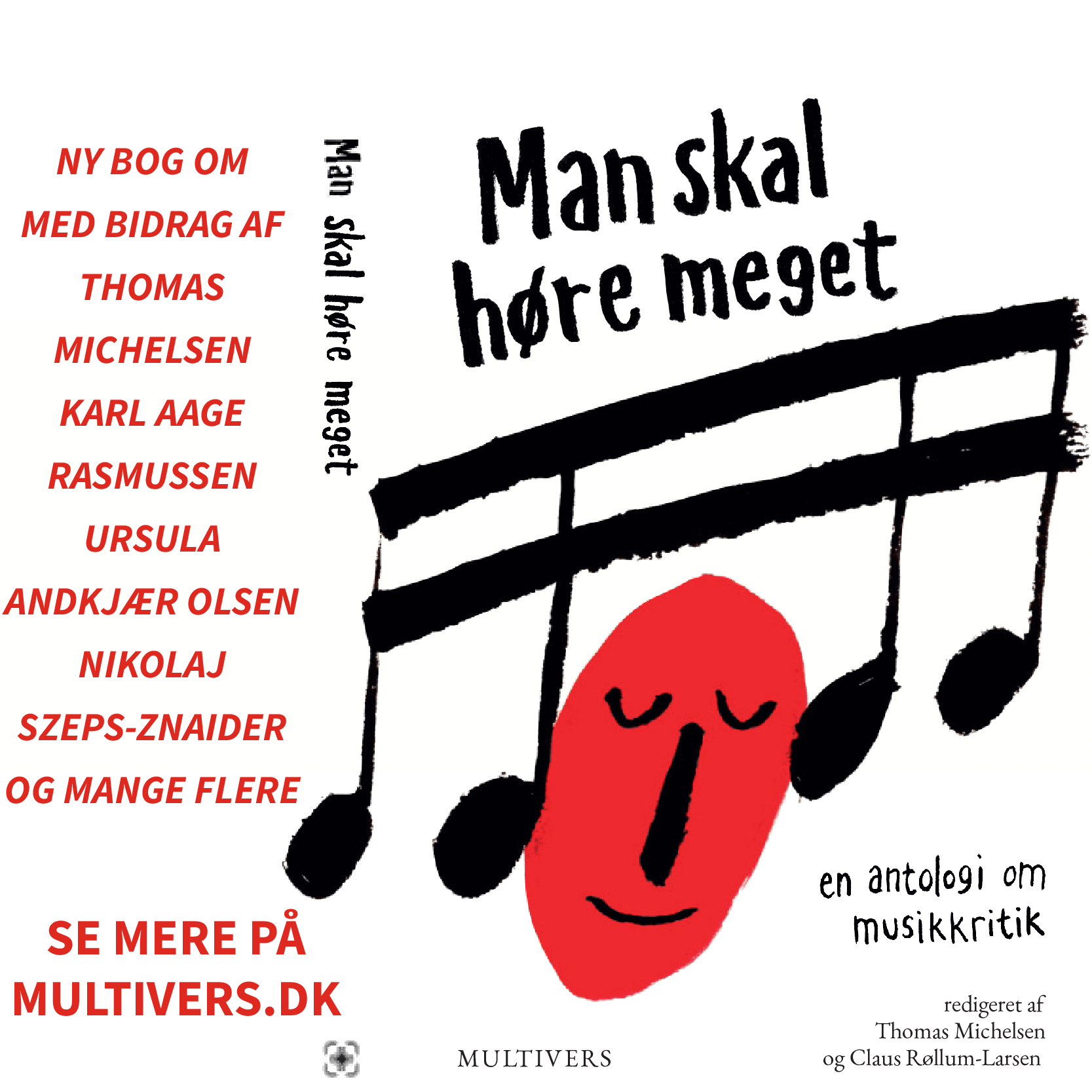
Do you like the sound of apples?
Turn that »music« off! Marcel Cobussen wants us all to re-orient ourselves within the houses, communities, cities, countries and civilizations in which we exist and to do so by concentrating on the sound of that vacuum cleaner your neighbor is pushing around. He gently suggests, in this madcap-but-persuasive, homespun-but-rigorous book, that we can do so by listening more intently to the world around us – to the residual noises of industry, nature and the most banal of human activities.
To paraphrase John Cage: when we ignore everyday sounds they irritate, but when we listen they fascinate. »Can Cage’s legacy be held, continued and extended?« asks the Dutch sound philosopher and Professor of Auditory Culture at Leiden University in Engaging with Everyday Sounds – a manifesto for a new way of interpreting and interacting with the notion of Sonic Materialism. Sure it can. But in the ways suggested here? I’m not quite ready to hitch my ears unequivocally to Cobussen’s way of hearing the world…yet.

But I will concede that my ears have been changed – improved – by his book. An awful lot of musicology is fantasy posing as intellectual rationalism. Here, in a fundamentally good way, is some fantastical musicology that feels liberated from the scaffolding of navel-gazing academia while enjoying musicology’s structural support at the same time. Cobussen’s big idea is that the sounds of your immediate domestic surroundings – bin lids in the wind, indecipherable conversation, the dishwasher, birdsong – can »form a poetic expression that draws us nearer, in the sense of concerned and meaningful involvement, to the local environment.«
Some of the more extreme ways in which Cobussen hears the world are a bit harder to…er, stomach?
Extreme listening
The listening Dutchman puts his money where his mouth is courtesy of a series of field recordings embedded into the digital edition of his book. As someone used to listening critically to scored music a few times a day, these field recordings invaded my consciousness with a sort of arresting intensity. Undeniably, they force you into new ways of assessing both your immediate surroundings and (a Cobussen bugbear) the human tendency to privilege the »seen« experience over the »heard« one. Note to self: use this next time you go on holiday; shut off your eyes for a period of time; try to hear the places you visit; perhaps take some field recordings of your own. Cobussen does this, and his »sonic postcards« from Hong Kong, Ottawa and Montioto are strangely rhapsodic and vivid.
Some of the more extreme ways in which Cobussen hears the world are a bit harder to…er, stomach? I’m okay listening to the very-possibly enchanting sound of a knife making rhythmical contact with a chopping board, but I have to admit to struggling to access that chopping board’s »inner life« as a result. I will take more convincing that listening can be undertaken by even non-living beings. And despite a limitless appetite for having my auditory senses recalibrated by Cage’s 4’33 – the ne plus ultra for this entire project, a performance of whose score is included among the recorded appendices – I remain of the opinion that there are certifiable cognitive reasons why people of all traditions find it more immediately rewarding to listen to melodic music than to the sound of a pile driver smashing through concrete.
Cobussen extends ideas posed by some eminent philosophers, minds with which his own can hold its own. I think first and foremost of Xavier de Maistre’s urging us to see the profound and magical in the banal via his 1794 novel A Journey Around My Room, though Cobussen cites an equivalent by Maarten Biesheuvel (1939-2020) and also points us in the direction of Georges Perec’s attack on newspapers for failing to take notice of »the banal, the quotidian, the obvious, the common, the ordinary, the infra-ordinary, the background noise, the habitual [...] as if it weren’t the bearer of any information« (from Perec’s Approaches to What?).
This is resonant, and has an amplifying counterpart in the photography that runs through the book – the author’s own shots of wall switches, bins, stairwells and so on in which we can glimpse, in charming detail, »the poetry of dirtiness, decay or ugliness.« Cobussen is persuasive on the idea of how a space becomes a place: a room’s (or a landscape’s, a city’s) ability to be defined less by dimensions and walls and more by the series of events that bring it to life – the active instabilities that eddy a particular domain into rhythmic, dynamic existence. One of Cobussen’s most compelling exhortations is that we should all consider ourselves artists and that a new respect and sensitivity is, potentially, a fruit of that exercise. This is one of the book’s most liberating underlying messages.

Another reservation is that, in parallel to the photography already discussed, the sort of everyday sounds under discussion are limited. The term »everyday« surely compels some uglier sounds to be included: how about toileting, pain, death? Perhaps they weren’t considered banal enough. Cobussen’s »everyday« can tend towards the cosy and even, on his various travels, the warmingly exotic.
I am almost certain I don’t fall into this book’s intended readership
Oh, a vibrating trash-can lid
Aren’t there also limitations to the banal? I am all for urging myself to »listen-think« – for stripping the familiar of its inconspicuousness (Brecht) and even (implied but unstated here) for using the discipline of everyday listening to drag myself away from the soul-crushing enterprise that is scrolling through social media. But I also want to give my ears the luxury of Lizzo or Der Rosenkavalier on a semi-regular basis while making sure they’re subjected to the wonder of discovering spectacular new sounds that have been purposefully contrived to be spectacular – an unfamiliar form of singing; an unknown musical tradition; a performer of virtuosity and character. And maybe I want to give my ears those latter things a bit more regularly than I want to give them the sound of a vibrating trash-can lid. This, I concede, might be precisely Cobussen’s point when he suggests that the everyday is a combination of the ordinary and extraordinary, the known and unknown.
I am almost certain I don’t fall into this book’s intended readership, but allow me to use that fact to respond honestly to the way in which Engaging with Everyday Sounds is composed as a piece of writing. On the surface, it is absolutely bonkers – to the extent that you can wonder if Cobussen is taking the piss. Here is objective proof that even when it is professing to absolutely and necessarily inhabit the real world, musicology still obstinately refuses to get even within signaling distance of it.
Yes. Fine. Good. But doesn’t the book know that, and admit it between the lines? It reads as an odd but intriguing dance between wordy, reference-heavy musicology and enchanted poetic response to vital, emotive things. You’ll come across plenty of those choice acts of verbal contortionism that find safe harbour in academia: »a diffractive methodology tries to performatively understand the world from within« (sure!) / »I could define my work here as an auditory ontoepistemology« (yes you could sir!) / »sounds are uneven agental topologies« (well of course they are!).

Not a boring book
As a counterpart to those spellcheck-busters we get lovely, tender bits of poetry, intimate narratives from the writer’s kitchen, an honestly simple and disarmingly person-to-person language (spoken, in audio files, as well as written) and the obvious but oh-so-pleasing literary symmetry of a book that ends in the very kitchen in which it began, but now »right after my breakfast« (admittedly, we are then asked to »question« the sound of the author’s teaspoons by making »a little clearing where the penumbra of an almost-given will be able to enter and modify its contour«. OH-KAY).
The author even concedes at one point that this »might be considered a boring book.« LOL!
You’ll have sensed by now my allergy to musicology-speak. Any 121-page book that can give even the slightest hint of spending its first 32 pages stating what it intends to do and its final 19 pages telling you what it has tried to do will test the patience. But here at least, a certain mixture of voices keeps the text alive – Cobussen’s lacing of that wordy style with his own fantasies, with snippets of his fragrant but straight verbal craft and his own personal intimacy with us – a vicarious reflection of that meeting of the ordinary and the extraordinary that he claims as his subject. This book is genre-bending, has no set expectations and has an admirable tendency to question the sources it basically trusts. The author even concedes at one point that this »might be considered a boring book.« LOL!

And yet, it’s a compelling argument that »the interweaving of theory, experience, reflection, discourse, memory and imagination that typifies this study could never have come into being without a multitude of interactions« – meant as a preamble to an acknowledgement but, in fact, a reflexive backslap for what the author himself has achieved.
As I find myself newly invested in the sound of my fingers on the keys of my rattly old MacBook Air as I write this sentence, I salute Cobussen for his successful invitation to think actively about the sounds even professional listeners tend to ignore. Even if I remain unsure that the sound of my neighbour’s vacuum cleaner is inherently political (he shows his workings, but please…) I know I’ll be listening to my kettle boiling differently now, while considering its place within New Materialism. But I’ll still take that cup of tea into the study and listen to Parsifal, if that’s okay.
Marcel Cobussen: »Engaging with Everyday Sounds«, Open Book Publishers, 118 pp., 30. nov.

